Fun in the Sun: A Look Back at SWEHSC CEC’s Summer Programs
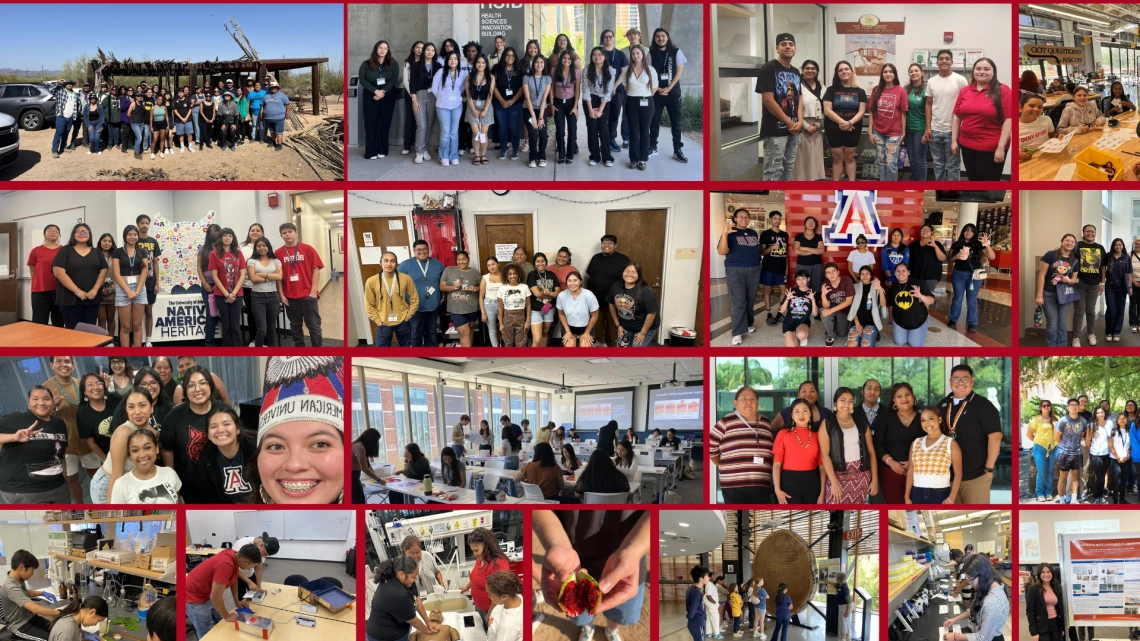
Steps 2 STEM (S2S)
Kicking off the summer, Steps 2 STEM (S2S) was a collaborative effort with the Pima County JTED’s Biotechnology and Health Care Foundations Programs and the Pima County Community and Workforce Development. Local Tucson high school students were placed into internships with various researchers across campus, including members of our SWEHSC CEC. Each student spent 30 to 35 hours per week in their assigned labs. In addition to their lab work, students participated in weekly cohort sessions focused on science literacy, public speaking, and project development. By the end of the program, each student created a poster to showcase their internship experiences and earned three units of transferable college credits.
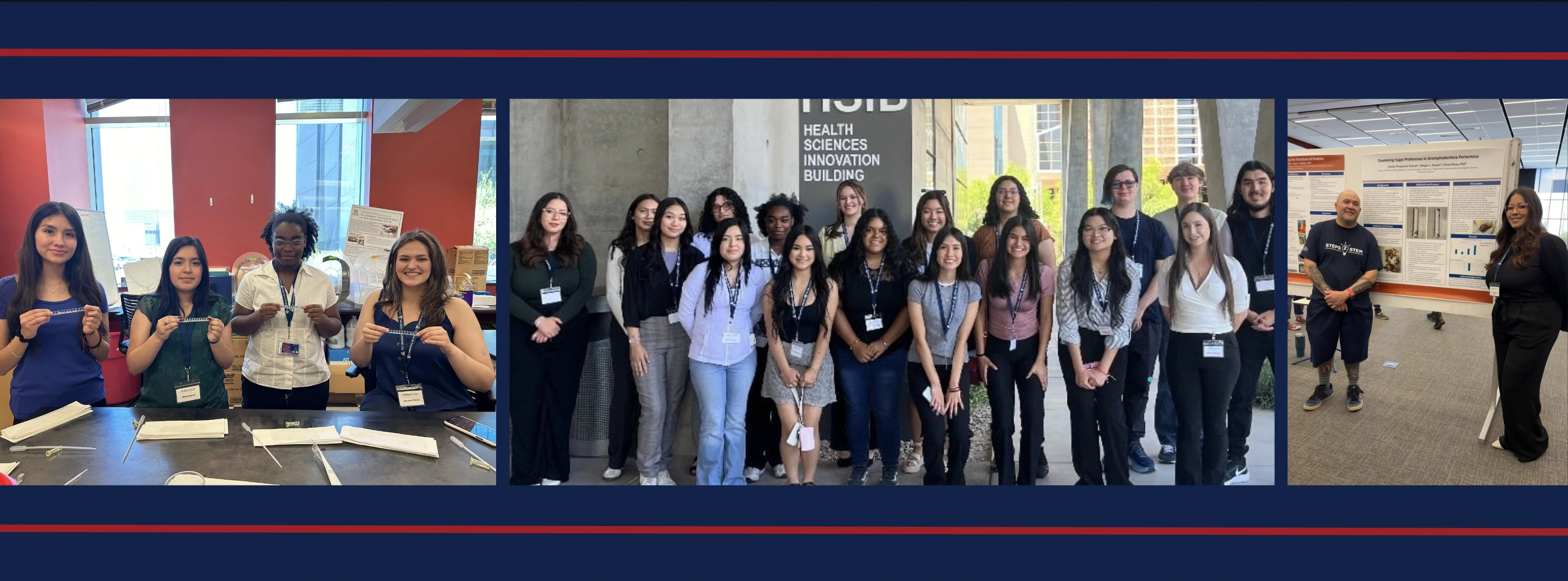
Toxic Detectives
In early June, middle school students participated in the weeklong Toxic Detectives program. Students explored toxicology through the ToxRAP™ curriculum, “Mysterious Illness Strikes the Sanchez Household.” In addition to engaging with the curriculum, students toured various campus resources and concluded the program by creating a final presentation on a toxin of their choice and presented this to their families at the end of the week.
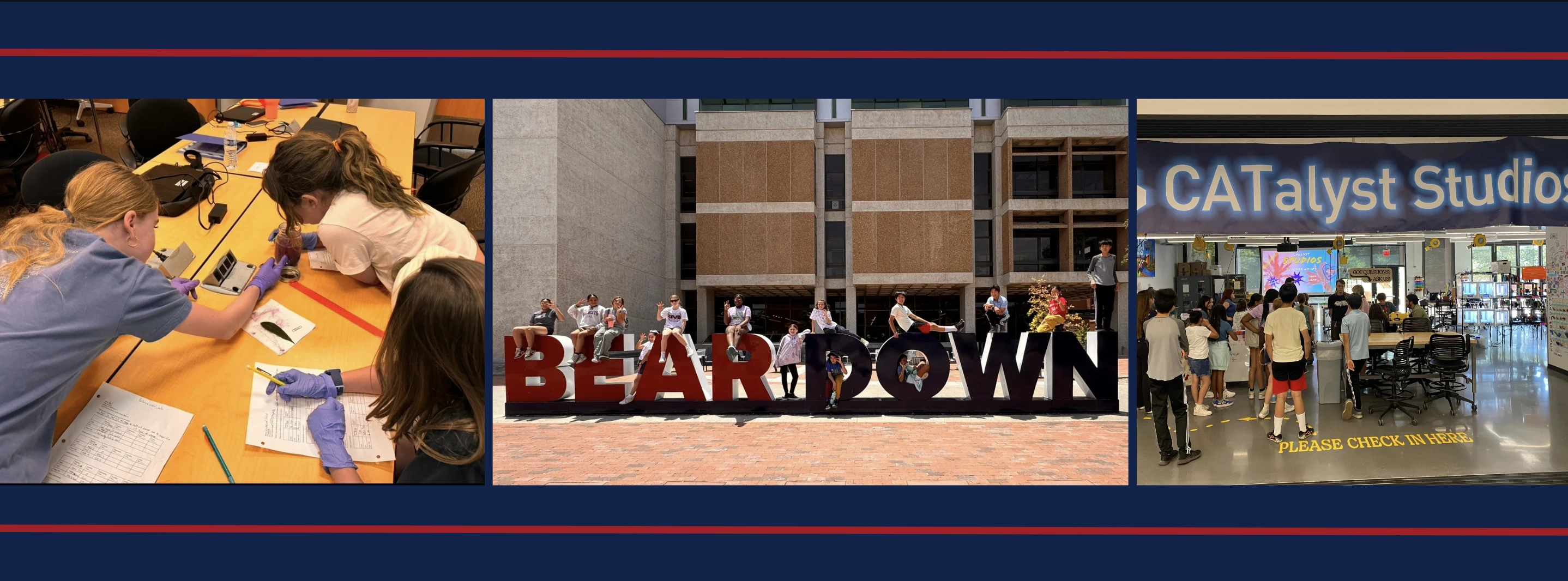
Environmental Scholars
Following the Toxic Detectives program, the Environmental Scholars program, in partnership with UA’s Upward Bound, engaged high school students for a week of intensive learning. During this time, students worked closely with their assigned mentors on a miniature grant proposal. These proposals introduced the students to environmental health concepts relevant to their communities and provided one-on-one guidance from mentors pursuing master's or doctoral degrees in related fields. For their final presentations, students researched environmental health issues within their communities and proposed solutions within a designated budget. They presented their proposals to staff members from our center, Upward Bound, and their families.
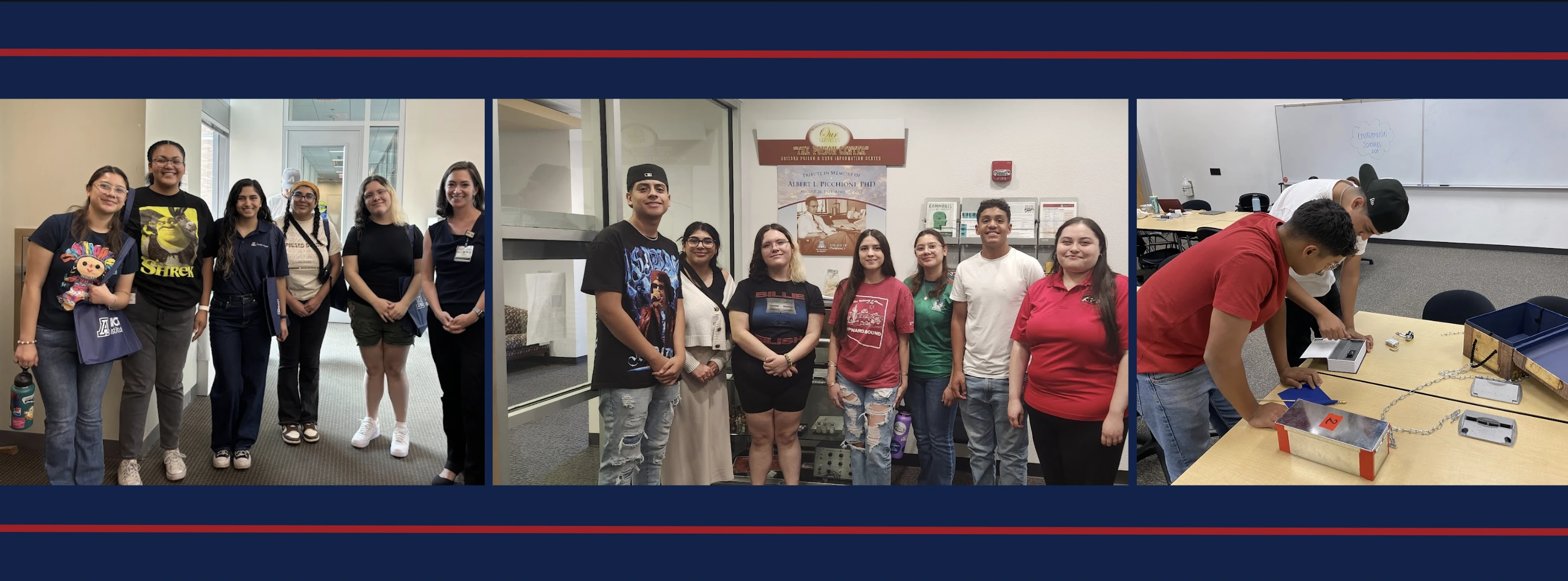
Our Land, Our Education and Our Health (OLEH)
The OLEH program, in partnership with Arizona’s Tribal Workforce Innovation and Opportunity Act (WIOA) programs, supports Indigenous high school students from the Pascua Yaqui Tribe, Salt River Pima-Maricopa Indian Community, Tohono O'odham Nation, Gila River Indian Community, and the Hopi Tribe. During the two-week program, students lived on campus and attended classes covering various topics, including environmental health, college admissions, financial aid, and other campus resources.
Supported this year by UA Native SOAR , the program also involved working on grant proposals to address environmental health issues such as littering, wildfires, West Nile Virus, flooding, and drought. Students engaged in educational field trips and social activities with peers from the A Student’s Journey (ASJ) program, fostering connections and collaboration. The program concluded with students presenting their grant proposals and earning three units of college credit.
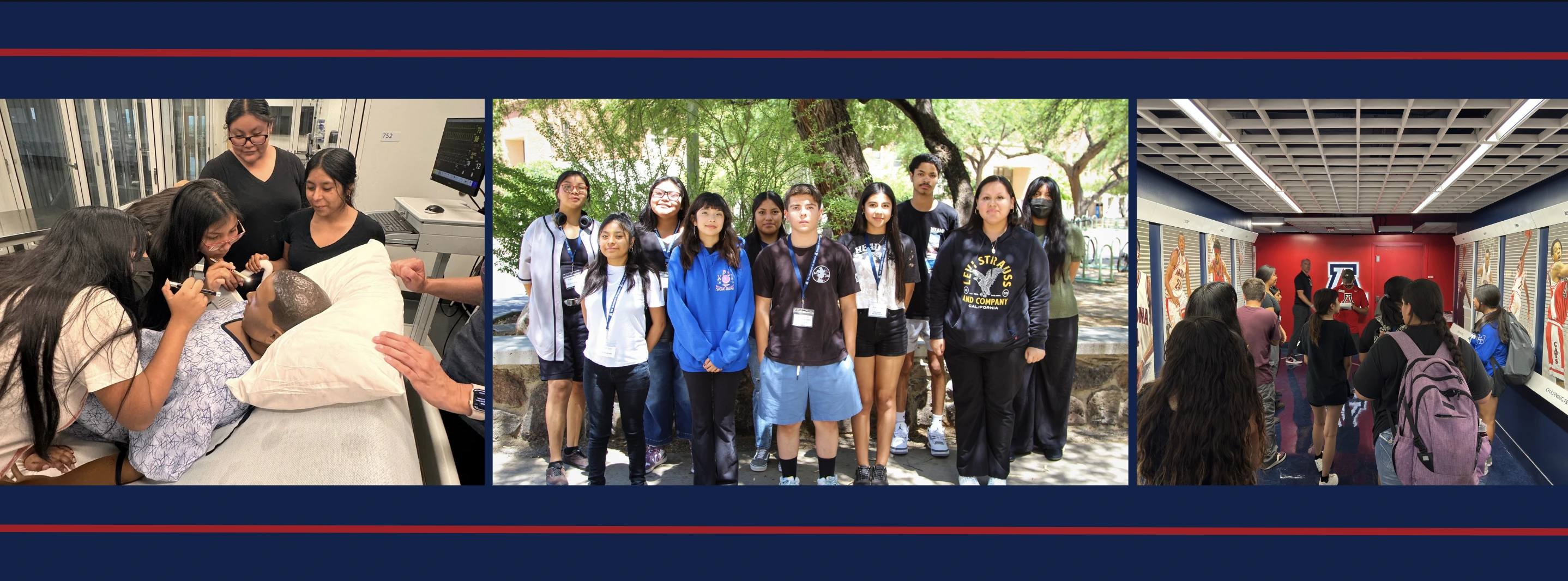
A Student’s Journey (ASJ)
The A Student’s Journey (ASJ) Program is designed to tackle the academic transfer barriers faced by Tribal College students when enrolling at four-year universities. In partnership with Tohono O’odham Community College (TOCC) and San Carlos Apache College (SCAC), ASJ aims to increase the transfer rate from Tribal Colleges to four-year institutions, enhance students’ sense of belonging at these universities, and ultimately boost bachelor’s degree attainment for Tribal College students.
During the four-week program, students participated in internships with various campus partners, aligned with their academic and career goals. They also earned college credit for a course that focused on environmental health and career readiness, while exploring future academic and professional development opportunities. Weekly social events and activities were designed to foster a sense of belonging on campus, helping students build connections with their peers and the university community. The program concluded with students presenting their internship projects, highlighting their work and their growth throughout the experience.
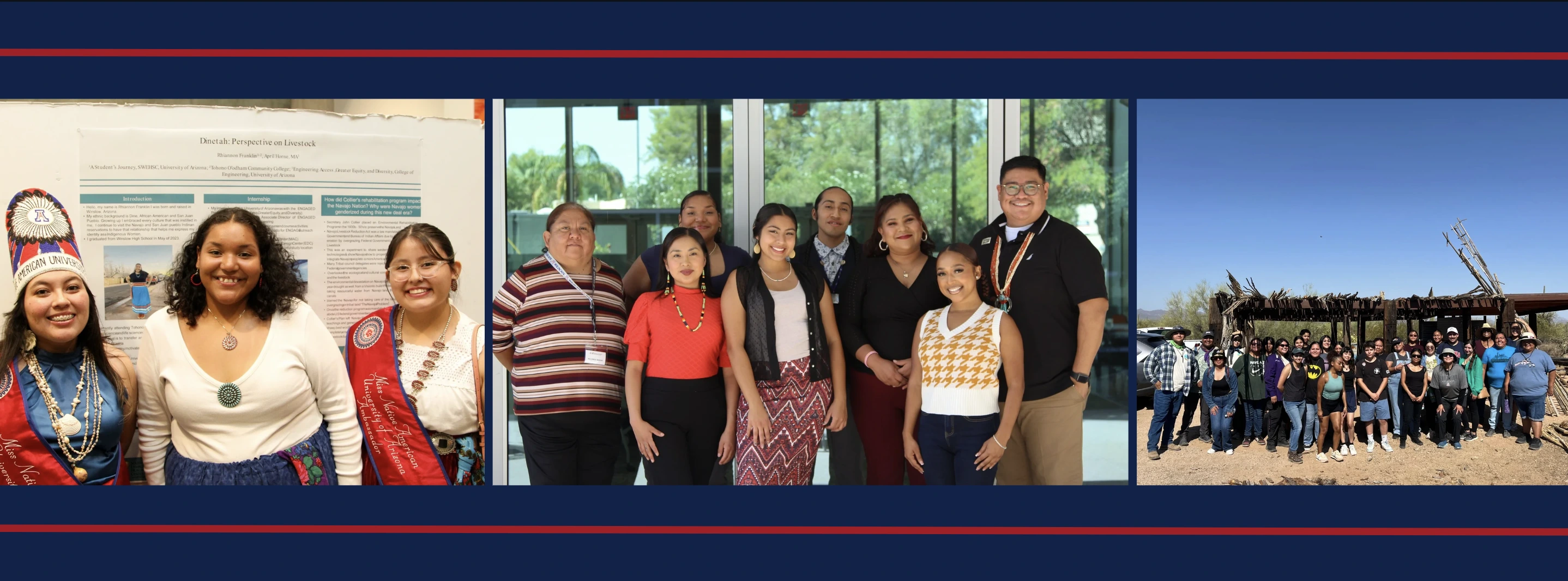
It was a busy summer of exploration, collaboration and discovery. While the timelines and details of these programs vary some from year to year, each time we are honored to offer to our community the opportunities afforded by each of these five programs and are humbled to witness the meaningful experiences and growth they foster. This year was no exception, thank you to all the students, families, community and campus partners for making these programs possible. Without your support, we wouldn't be able to provide these valuable opportunities
To learn more about our summer programs, click here.
